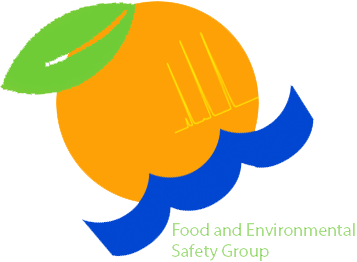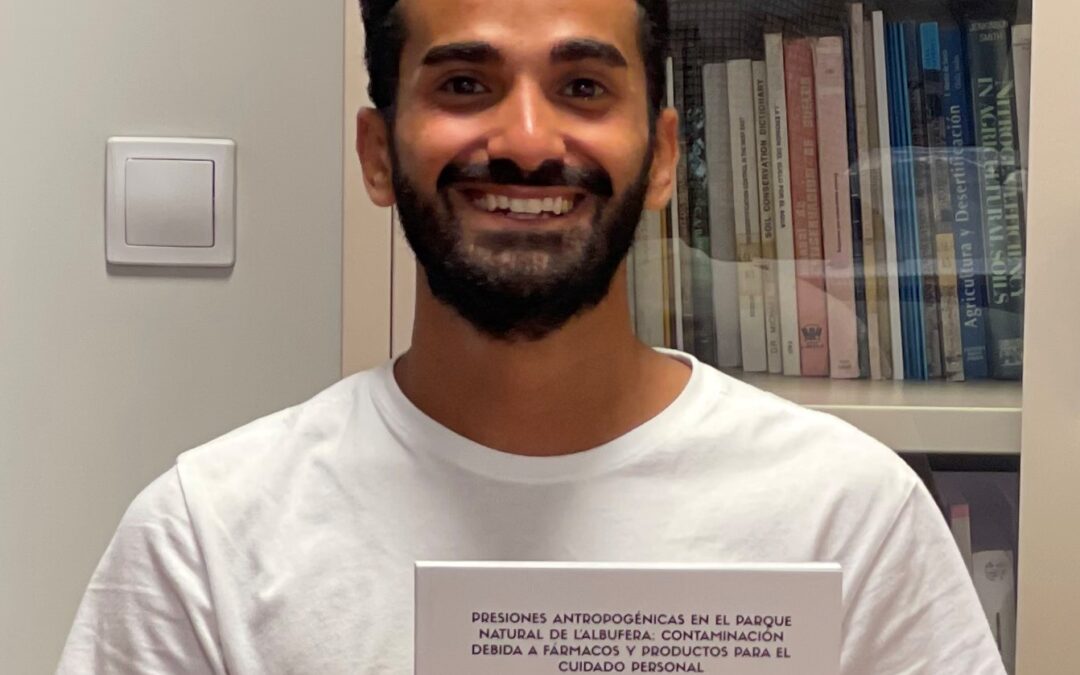Environmental pollution, due to anthropic activity, has grown exponentially in the last century. For this reason, the thesis has focused on a class of pollutants that reflects this pressure, namely pharmaceuticals and personal care products (PPCPs). The work carried out includes the optimization of analytical methods to detect these compounds and the application of these to environmental samples to evaluate the state of contamination of an important Nature Reserve. First, a literature review was conducted describing the importance of each step in sample preparation to optimize the determination of these contaminants in aquatic ecosystems.
Subsequently, two solid-phase extraction methods were proposed to determine, by using HPLC-MS/MS, 32 PPCPs in waters and sediments. The first, the SDS method, is characterized by the formation of an ionic pair, thanks to the presence of an SDS (sodium dodecyl sulfate) solution during the activation of the cartridges (Strata-X). The second, WC (mixed mode) method, is characterized by cartridges with mixed cation exchange sorbents (Strata-X-CW). Both methods were advantageous for basic and neutral drugs that are highly to moderately polar and ionized at environmental pH. In addition, they also provided suitable validation parameters for acidic products.
Once the methods were optimized, they were applied to samples collected in L’Albufera Natural Park (Valencia). In order to obtain an overall picture of the contamination status of the area, 53 sampling points located throughout the area were chosen, including more than 100 total sediment, soil, surface water and wastewater samples. The monitoring of contaminants shows the contribution of anthropic pressure to the alteration of the ecosystem, since a large percentage of the PPCPs studied were found in the different matrices at concentrations of ng L-1 in water and ng g -1 in soils and sediments.
In addition, other studies were included. How to evaluate the efficiency of WWTPs whose effluents are used for irrigation and therefore may play a key role in the park’s pollution. The results indicate the compounds with the worst eliminations (e.g. tramadol). Likewise, the data related to the presence of PPCPs in the different matrices made it possible to carry out a study on the geographical distribution throughout the territory and to evaluate the anthropic pressure, depending on the area involved, calculating the statistically significant differences between the concentrations of the pollutants in different areas. Finally, the potential ecosystem impact of these compounds was evaluated by considering the hazard quotient (HQ) for three trophic levels of aquatic ecosystems.



